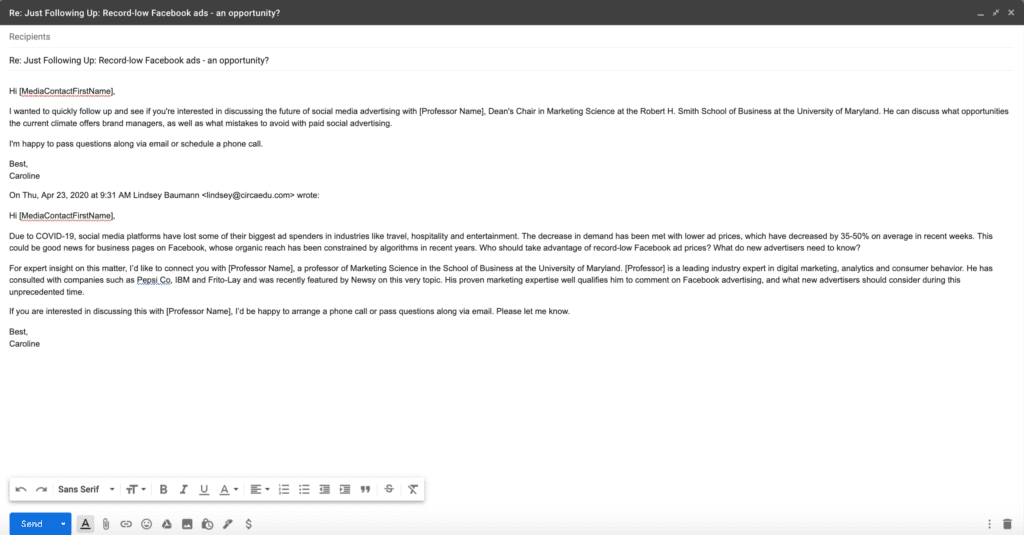4 Types of Media Pitch Examples
Pitching compelling storylines and sources are the crux of any PR strategy. In the higher education digital marketing space, we leverage the expertise of professors from the programs that we partner with to help increase the school’s visibility, student enrollment, thought leadership, and brand awareness. Professors make excellent sources for stories through their unmatched level of expertise and experience in their respective fields, but without the correct messaging and communication strategy, this may never come across effectively to the media when pitching them.
Regardless of the industry that you’re in or represent, knowing how to effectively craft a pitch for the media is the most critical step to success in PR and content marketing. Here are some tangible tips and examples that will help you become a PR pitching pro in no time and write a persuasive media pitch.
In this article, I will go over best practices for media pitching in addition to reviewing the most common types of media pitches, with examples below. These include:
- Initial (cold) media pitch
- Pitch with an established contact (warm)
- Personalized pitch
- Follow-up pitch
[divider line_type=”No Line”]
What is a Media Pitch?
Before we dive into how to write a pitch, It is important to begin by really understanding what a media pitch is. You should consider the media pitch as a pitch letter that you will send to relevant media outlets and contacts. This could be an editor, reporter, or journalist at a digital or print publication and will serve them the key information about your message and proposal. The media pitch is where you will detail why your story is relevant, who your source is, and the added value that this will provide to the current news cycle.How to Write a Media Pitch
Before we dive into best practices, tips, and examples of PR pitching, I want to go over some of the basics of how to structure a media pitch. Creating a set standard for yourself and your team will not only streamline the process and allow you to be as efficient as possible, but it will also ensure consistency amongst your team and allow for smooth training programs.Types of Leads in Journalism
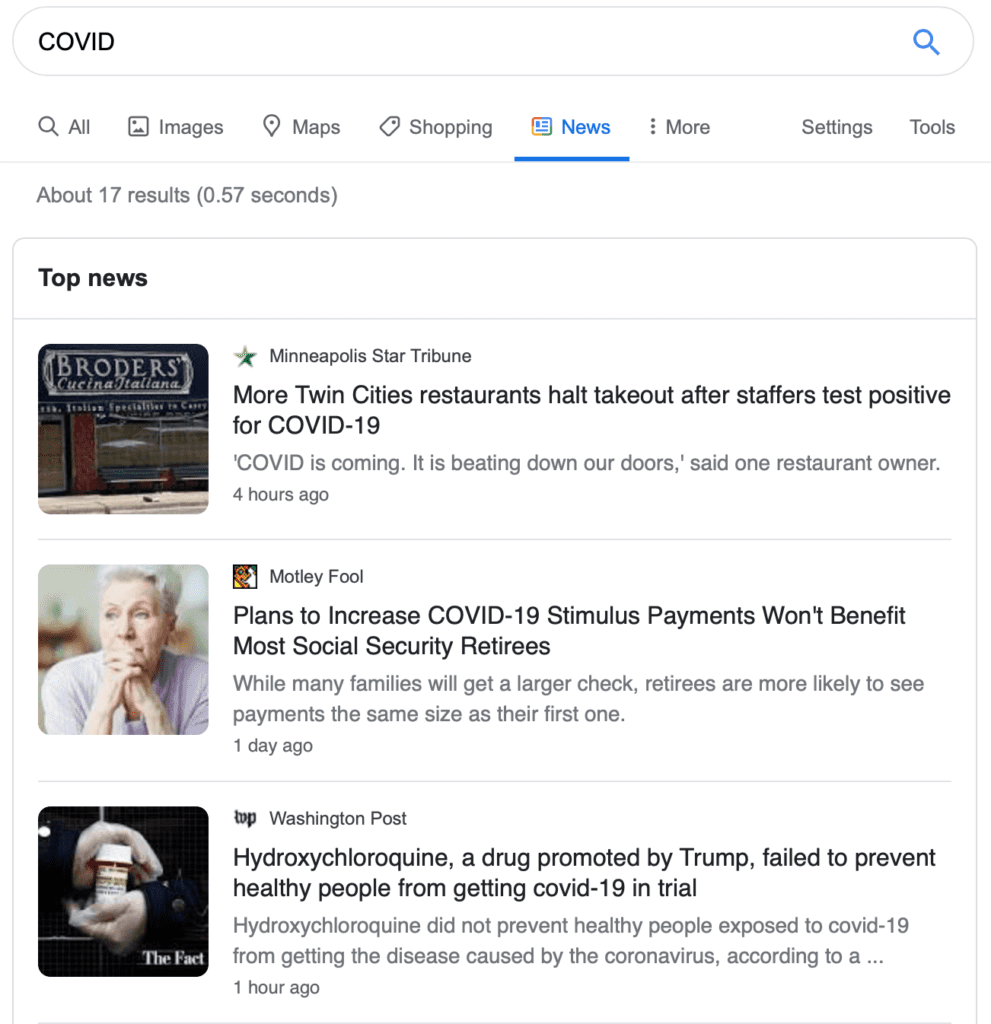 Before you even start writing a pitch, you want to make sure you find a lead that will entice whoever you are reaching out to. The lead is the angle into your story and what will make everything relevant. You can look for two types of leads that are applicable throughout journalism.
Before you even start writing a pitch, you want to make sure you find a lead that will entice whoever you are reaching out to. The lead is the angle into your story and what will make everything relevant. You can look for two types of leads that are applicable throughout journalism.
A news peg is a trending story or topic in the news that relates to what you’re pitching. For example, leveraging the presidential debate or a new medical study that was just released. This allows you to hook the reader with a relevant and widespread story.
A time peg represents an upcoming date or event. For example, anniversaries of days like 9/11 or Hurricane Katrina, days or weeks dedicated to specific causes like “Health IT Week” or “Mental Health Awareness Day,” or even months like “Breast Cancer Awareness Month.”
These types of dates and events can be easily leveraged for PR purposes as media outlets will often shape content around significant or relevant time pegs. In order to keep track and take advantage of these dates, it’s helpful to create and consistently update an internal editorial calendar with your team.
Media Pitch Structure and Basics
Below I have included the basic outline/structure you should consider when you come to writing the media pitch. For a more in-depth look, please see my article on how to structure and standardize PR pitching across your team.
- As we mentioned above, start with the lead. This should be the first thing the reporter or editor reads. An enticing lead that is relevant to their beat will ensure they continue through your pitch.
- The second part is your call-to-action. This is the action you want your audience to take. Whether it is writing a product review, publishing a piece of content, or conducting an interview, it’s important to make your intention here as clear as possible.
- Next comes your value proposition. This is a key piece of the puzzle as it will be the meat of the pitch; this is where you can showcase the value of what you are offering and why they should be interested in it. It is essential in differentiating yourself from the hundreds of other pitches they receive.
- The last piece of the puzzle is your conclusion. This is pretty straightforward and is where you should recap your call-to-action and thank them for their time and consideration.
Subject Line for Pitch Emails
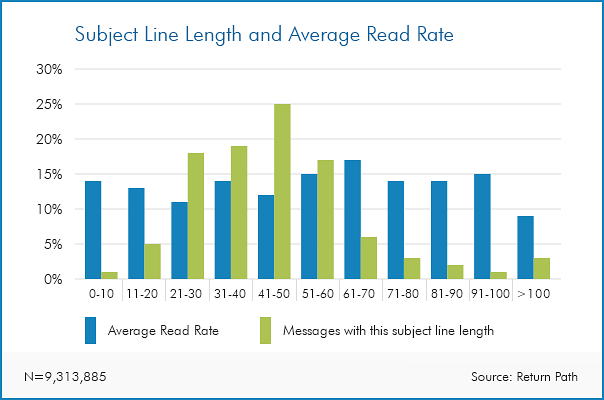 Subject lines are the first and sometimes only thing that a media contact will see–often times determining whether they will even bother to open your email or not. Ensuring that your subject line is clear, concise, and enticing are some of the most important elements. While many would assume that shorter subject lines work best, especially considering the character restrictions of mobile devices, a report from Marketing Sherpa actually found that subject lines with 61 to 70 characters had the highest open rate. This proves that you shouldn’t spend too much time trying to cut down your subject line, as it can actually be beneficial to have a longer one.
Subject lines are the first and sometimes only thing that a media contact will see–often times determining whether they will even bother to open your email or not. Ensuring that your subject line is clear, concise, and enticing are some of the most important elements. While many would assume that shorter subject lines work best, especially considering the character restrictions of mobile devices, a report from Marketing Sherpa actually found that subject lines with 61 to 70 characters had the highest open rate. This proves that you shouldn’t spend too much time trying to cut down your subject line, as it can actually be beneficial to have a longer one.
While creating a subject line that entices the media to want to open your email should always be the goal, make sure that you don’t use “click-bait” phrasing as a tactic to draw the recipient in as this may leave a bad taste in their mouth and hurt the chances of them opening your future pitches. The last thing you want to do is mislead them or appear spammy.
Media Pitching Strategies
Now that you understand the basics on how to write and structure a media pitch, I wanted to go over some media pitching strategies that can lead to greater success for the media showing interest in your pitch.Use Timely News Stories and Research
Again, don’t do yourself the disservice of not using relevant news pegs or research as your hook for your pitch. It’s no secret that the media lives off of news pegs, trending topics, and new research to tell their stories. To increase the chances of someone showing interest in your pitch, it’s important to make their job as easy as possible; it’s a good idea to help to spell out the story for them so that your source or story fits in seamlessly with trending news topics and their target audience’s interests.
 Reporters and editors receive hundreds of pitches every day, so providing them with a story that their readers will be interested in and offering sources to help supplement that story will make them more compelled to move forward with the conversation. Along these same lines, always try to include hyperlinks to any research or statistics that you reference in your pitch. You don’t want them to shy away from expressing interest or continuing the conversation simply because they don’t have time to do the legwork to track down the sources themselves.
Reporters and editors receive hundreds of pitches every day, so providing them with a story that their readers will be interested in and offering sources to help supplement that story will make them more compelled to move forward with the conversation. Along these same lines, always try to include hyperlinks to any research or statistics that you reference in your pitch. You don’t want them to shy away from expressing interest or continuing the conversation simply because they don’t have time to do the legwork to track down the sources themselves.
When pitching a source for a story, I recommend abiding by this same rule of thumb and hyperlink to their bio page to provide more context and information on their specialties and background in case they’re interested.
Know the Reporter’s Beat
You can have the best pitch in the world, but if it doesn’t align with the reporter’s beat (the types of stories they cover), then it will provide no use or value to them. In fact, it will only blatantly show that you are sending out mass email distributions and aren’t doing the appropriate research and legwork before pitching them. While it’s not always realistic or feasible, personalize pitches whenever possible and mention any related articles that they recently wrote.
Keep it Concise and Know Your Story
As I mentioned earlier, media contacts receive hundreds of pitches a day. If you’re lucky enough to get yours opened, the worst thing that someone with very little time can be confronted with is an unnecessarily long pitch. Find out how to say everything that you need to say in a paragraph or less (with rare exceptions). The more specific and focused you can be, the better. It’s also crucial to understand and communicate the story you’re trying to tell and how it aligns with the larger media trends yet provides a unique angle to the storyline. Here’s how our typical pitch is structured:
Following Up is Key to Media Pitching
Following up on initial email pitches is one of the most important pieces to the puzzle. This is where most of your interest and responses will come from, so ensuring that you schedule reminders to do so is vital. It’s good to wait around one week until you send follow-ups out; this will ensure that the media contact has sufficient time to get through their emails and respond if they are planning to. If the story is incredibly time-sensitive, it’s ok to follow-up a bit sooner. Similarly, if it is not a time-sensitive story at all, then waiting a little longer than a week is also fine. Include your original pitch at the bottom of your follow-up email to help jog the recipient’s memory and provide more context for them. To see more about how to follow up on a pitch, see my example below.
Media Pitch Examples
Now I have given you the information that you need to be successful with your pitch writing, I wanted to provide some real-life examples of media pitches and pitch letters that our team sent to the media. There are a variety of different types of pitch letters here and each will serve its own individual purpose.1. Cold Pitch
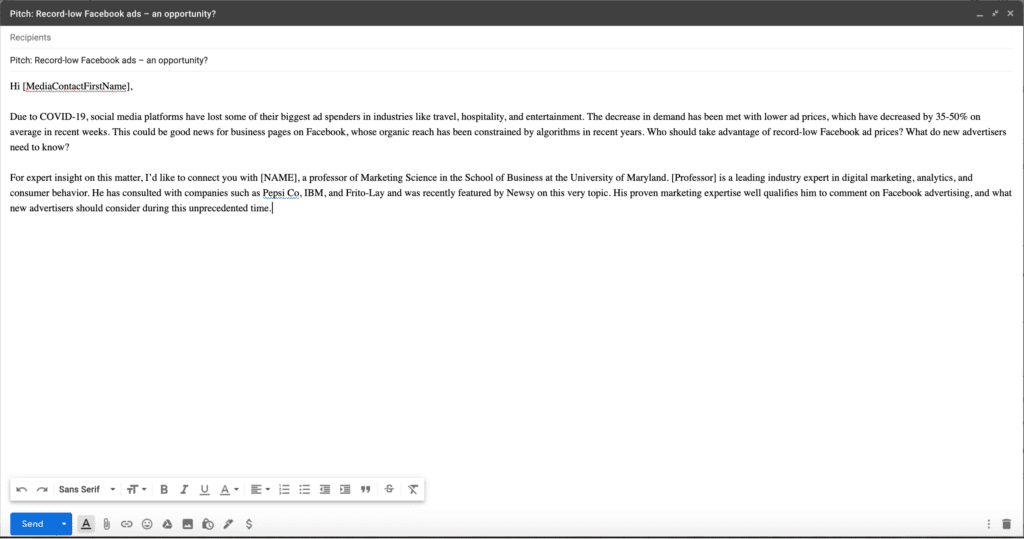
2. Pitch for Established Contact/Relationship
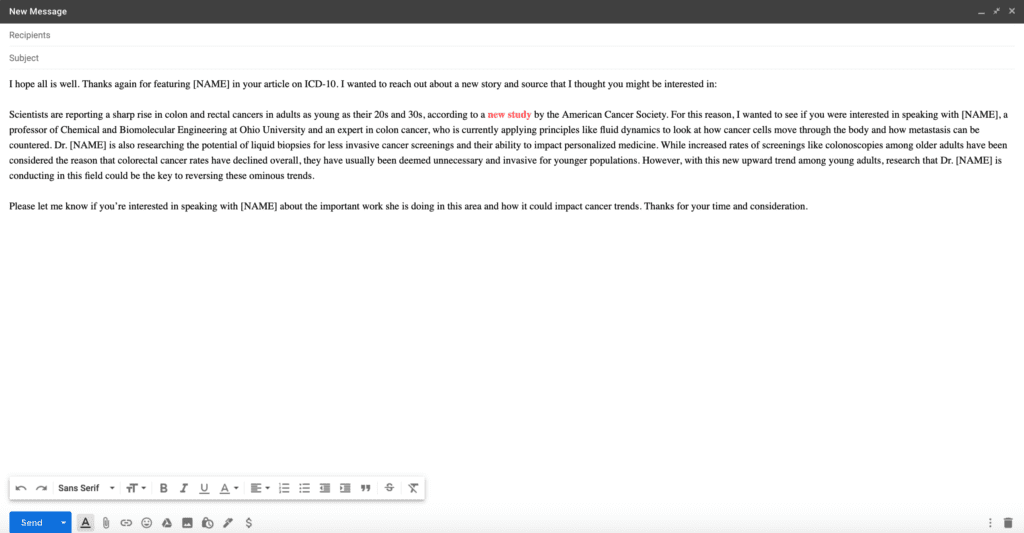
3. Personalized Pitch
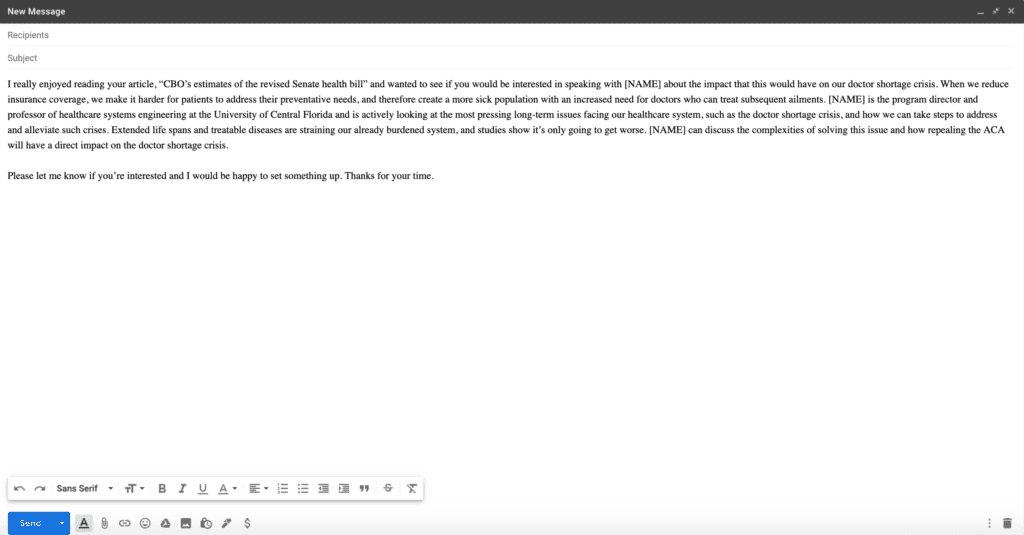
4. Follow-up Pitch
